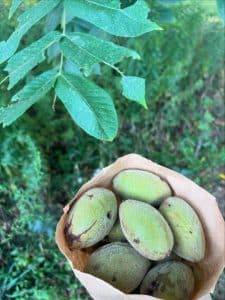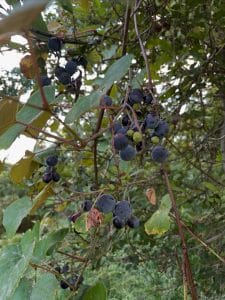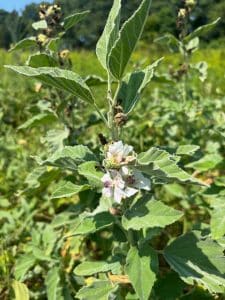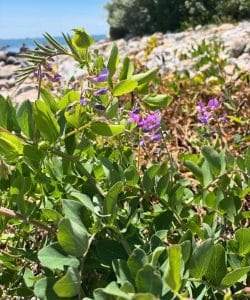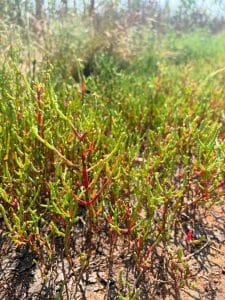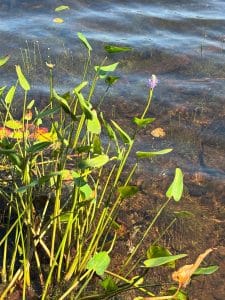Cow parsnips (Heracleum maximum), are a species of perennials native to the middle west and temperate north of the US and Southern Canada. With such an imposing scientific name, cow parsnips are a relatively unassuming and overlooked plant. Found in rich, moist soils, they thrive in a wide range of habitats with a particularly high population in Alaska.
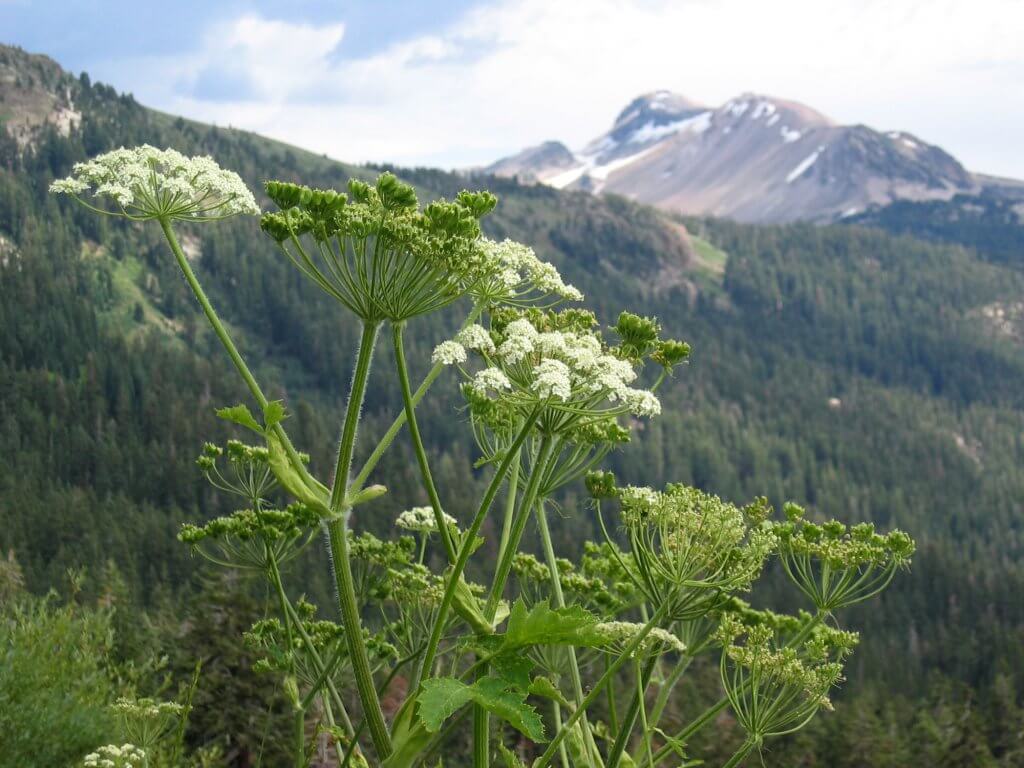
A tall and sturdy plant, reaching heights of up to 3m, cow parsnips cluster together forming strongly scented barriers along walkways and roads. As a member of the carrot family, ‘Apiaceae’, the flowers form the recognizable umbels of clustered white flowers, similar to the wild carrot. Towards the base of the plant, the compound leaves are broad and lobed, with widely toothed edges. The leaves becoming smaller in size closer to the top of the plant. The stem is hollow, and often loosely compared to celery.
Edible parts and other uses
Young leaf buds and stalks, flower buds, seeds, and even the roots of cow parsnips are edible. The flavoring of the greens is said to have a much better flavoring than the roots, however, some adventurous foragers approve of the taste.
The young stalks should be peeled, and all greens should be at least blanched or lightly fried before eating. They tend to work well as a herb rather than a leafy vegetable due to their strong herbal flavoring. Add them into recipes in the same way you would use basil or parsley. Warm, roasted vegetable salads, with spiced flavoring, work well with cow parsnip greens.
The seeds can be collected and dried to be used as a flavorful herb that again works well with rich and spiced dishes.
Other names that cow parsnips may be commonly referred to are Indian celery, Indian rhubarb. These hint greatly at its past importance as a Native American food source.
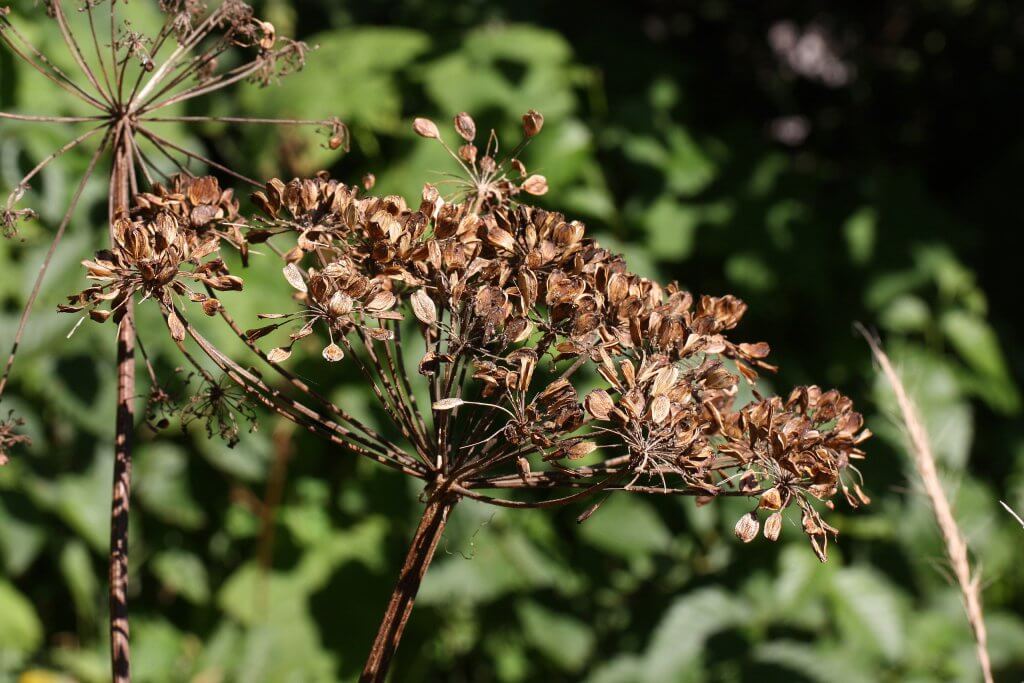
Cautions
Care must be taken to harvest only very young leaves and stems, older plant parts develop toxic compounds that can affect skin sensitivity and conflict with any prescribed drugs you may be taking. The stems must also be peeled and removed, as these are more likely to hold the toxic compounds.
It is also recommended to carry out a small skin test before handling and harvesting the plant. The sap can cause rashes and blistering when it contacts the skin, particularly on a sunny day when these phytochemical compounds react with UV.
Many lookalikes also exist that you must be fully aware of before harvesting. These include water hemlock (Cicuta maculata) and poison hemlock (Conium maculatum).
In mountainous areas, cow parsnip can also often be found growing alongside the toxic flower monkshood (Aconitum). Because of this, care should be taken not to accidentally harvest any part of this plant too.
Foraging
With due diligence and care, foraging for cow parsnip can be a safe and gratifying activity. Take a pair of gloves and look for it along the edges of forest and woodland tracks, or riverbanks and streams.
The young shoots can be plucked from the plant from mid to late spring, and in early summer clusters of young leaves and stalks can be cut. Their abundance in the wild should keep you with a steady supply of greens throughout the summer months.
Cow parsnip is on a species watch list in several states, including Kentucky where it is endangered. Foraging must therefore be carried out in a sustainable manner within these areas.
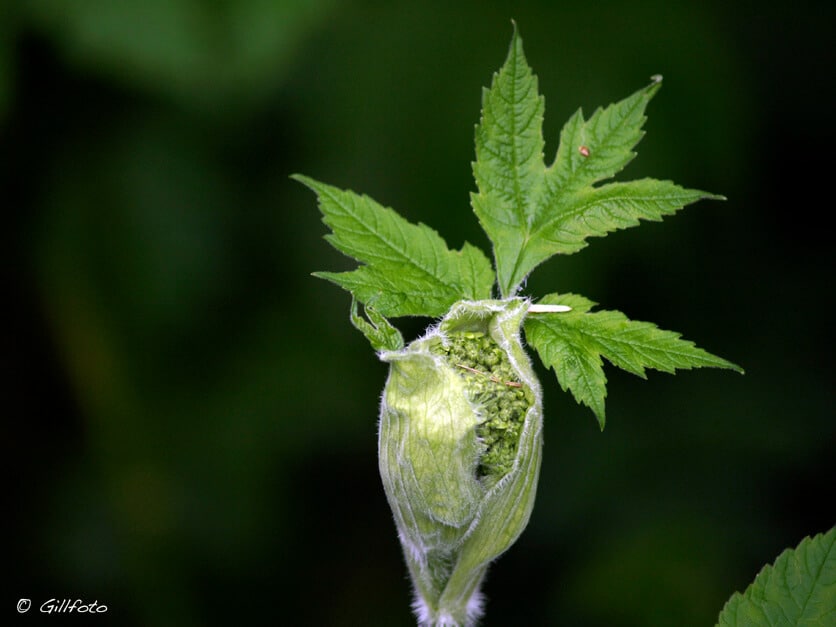
Did you know…
Native Americans also greatly valued parsnip as a medicinal herb, as well as a food source. Roots were used to treat inflammations, and a poultice of leaves would be applied to other skin sores or bruising. Scientific studies have concluded that cow parsnip does contain antimicrobial compounds.
Conclusion
A surprisingly tasty wild edible that unfortunately possesses similar characteristics to a number of lookalikes. As long as identification is 100% certain, and care is taken, foraging can be very rewarding. The crisp texture and peppered flavoring will likely have you returning for more.
—————Written by Hannah Sweet
Hannah is a freelance writer and graphic designer from the UK. With a penchant for travelling, photography and all things botanical, she enjoys writing about a wealth of topics and issues, from conservation and slow living, to design and travel. Learn more about her writing and design services at www.sweetmeanders.co
Many of our readers find that subscribing to Eat The Planet is the best way to make sure they don't miss any of our valuable information about wild edibles.
See our privacy policy for more information about ads on this site

